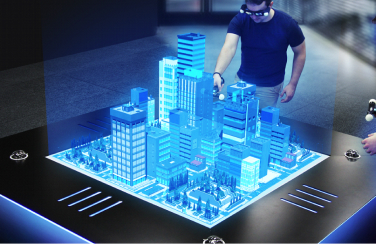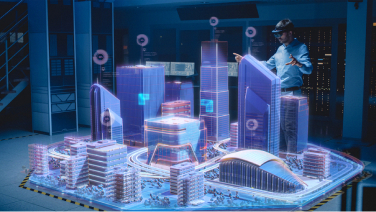
Hologram technology modifies how we engage and look with your physical atmosphere. Vision3D’s realistic holographic projectors can reevaluate the restrictions of your physical space by developing 3D pictures that come off to sail in mid-air.
Our projection hologram performs by utilizing light intervention methods to redevelop a 3D light field, producing pictures that look established in the real world. This enables the curation of imaginary objects and images that can be watched from multiple angles, offering a sense of parallax and depth that matches originality. Associating hologram strategy with cost-effective applications like education, healthcare, and entertainment can result in more interactive and immersive experiences, breaking the limitations of conventional two-dimensional screens.
Vision3D’s Hologram projectors convert conventional spaces into operational, sustainable and modern atmospheres. Our holographic displays develop spaces featuring the exceptional requirements of each customer and destination by including vernacular artifacts with top-notch technology and design.
We deliver vernacular artifacts by using conventional building strategies, usage of local materials and a better acknowledgement of the surrounding atmosphere. Holograms grip such principles while including sustainable strategies and advanced design components. This reach enables the development of spaces not only satisfying but energy-reliable, scalable and comfortable to variable necessities.
